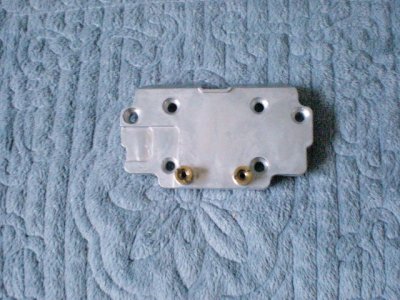- Local time
- 9:20 PM
- Joined
- Mar 28, 2014
- Messages
- 33,772
- Reaction score
- 53,623
- Location
- South Louisiana
Who is using them? Motor mods you have (if any)? Jet size that works best for you? I have a set of TTi 2"primaries headers on the way with a 2 1/2" exhaust system , and I am thinking that may be conducive to some outboard carb rejetting. Also is anyone using their metering block? Other options? My V code 440 has a hydraulic purple stripe cam (not sure which one) 4 speed and a 3.54 Dana 60.


















